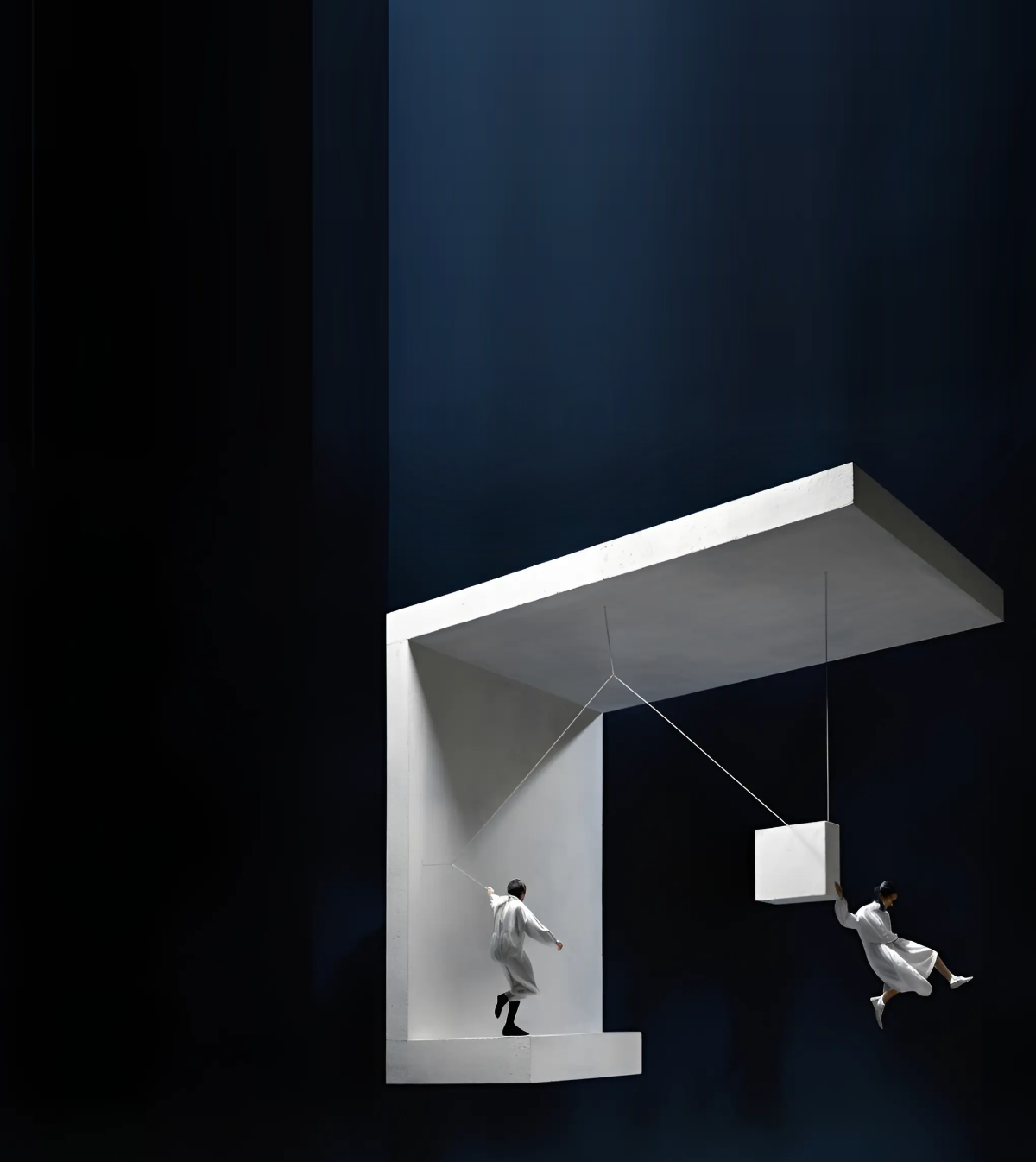Flexible working is a trend that seems to have stuck, one that started out of necessity following the financial crisis in the late 2000s when freelancers and startups migrated to coffee shops in an attempt to keep productive in the shifting work environment.
With the chains to their desks broken, individuals found that there was no reason to return to the office if they didn’t want to. Instead they searched for a space that was a little more professional than a coffee shop but still smaller, more flexible, and more affordable than traditional office space. Hence, the co-working space was born.
But with co-working spaces often outstripping traditional office space in major cities like London, Berlin, and Tel Aviv, what separates the good workspaces from the great ones?
Location, location, location
Like most things in life, location is key, and it’s no surprise that co-working spaces were set up in key areas of cities. For example, London’s Old Street is the heart of its technology and startup scene, and it quickly saw shared office space spring up in and around the so-called “silicon roundabout”.
A central location - like the Urban Zoo in Riga’s city centre - is ideal for those workers and startups that look to meet with clients and other professionals, with many central sites offering meeting rooms and other facilities to welcome guests.
Larger co-working spaces that have become more self-sufficient are less tethered to central locations, creating their own mini ecosystems and microeconomics in quieter, more affordable locations.
Design-led spaces
In major cities, freelancers and entrepreneurs will likely have their pick of location; with so many co-working spaces it’s those that offer fantastic design that differentiate themselves from average workspaces.
NeueHouse’s New York co-working space was opened in May 2013, offering space to small businesses and individuals working in the film, fashion, publishing, design, and arts industries. Its interior design, along with the prime location in Manhattan, justify invite-only membership fees ranging from $200-$1,500.

The library at NeueHouse in Madison Square. Image source
Free movement
The flow of movement within a co-working space is vital in order to create a sense of free-thinking and open collaboration. If people wanted strict structure and order they would all be working in cubicles.
Many co-working spaces opt for an open-plan layout, banishing walls in favour of more creative ways to define individual spaces. From fixtures to furniture to lighting, exceptional co-working space create ‘roaming zones’ that allow workers to feel comfortable while working, but also fostering free movement and interaction; a vital aspect of co-working spaces.

China’s 3Q provides both private offices and individual workstations in an open-office layout. Image source
The need to network
The importance of networking and interacting with others is inherent to co-working spaces; otherwise they would just be called working spaces. The opportunity for independent workers and small businesses to network with others is a huge attraction of co-working spaces, and why more established companies like WeWork can charge higher monthly rates.
More opportunities to meet, mingle, and make useful connections is part of the appeal of big brands like WeWork, who combine their extensive facilities and resources to organise regular events across their locations.
Coworking spaces like WeWork allow individuals to mingle and network. Image source
Leisurely working lifestyle
Without typical working hours, people are spending more time at work than ever, and therefore there’s a significant focus on co-working spaces to have a more leisurely feel about them. Taking their cue from the ‘office-as-a-playground’ mentality started by trendy tech giants like Google at the turn of the century, successful co-working spaces offer little touches of domesticity that make a workspace feel more like a homespace.
This could be design-led with the inclusion of comfortable couches, games and breakout spaces, or values-led, like WeWork’s pro-pet policy that lets workers bring their dogs into the office to happily distract them and other co-workers.

Relaxed policies about bringing pets to coworking spaces creates a leisurely working lifestyle. Image source
The Urban Zoo Coworking Design Challenge
For those looking to challenge the status quo of co-working spaces, the Urban Zoo Coworking Design Challenge, is tasking participants are tasked to design a new workspace set to open in the heart of Latvia’s capital city, Riga. Urban Zoo Coworking looks to be “a home for creative beasts” built on the ideals of integration and non-discrimination.
Top 3 Reasons Why You Should Enter Architecture Competitions
Curious about the value of architecture competitions? Discover the transformative power they can have on your career - from igniting creativity and turning designs into reality, to gaining international recognition.
Learn more




















